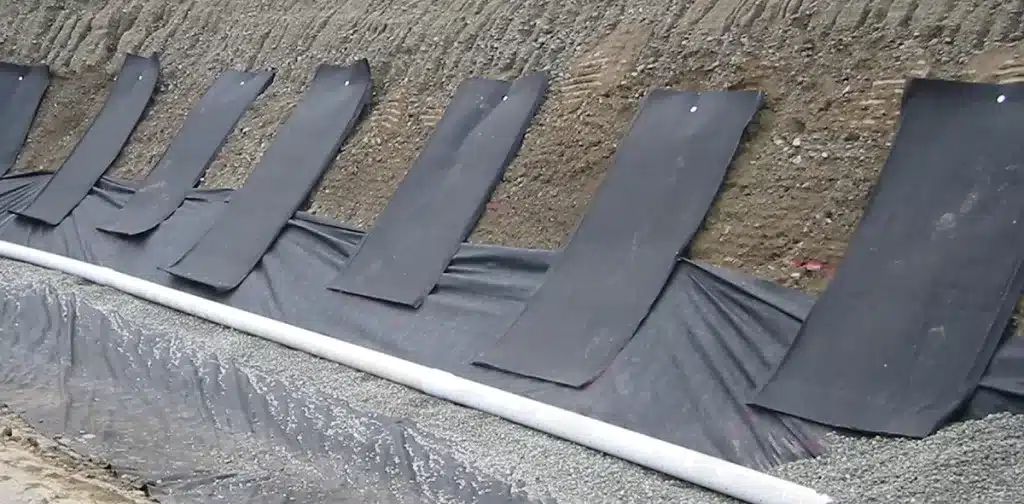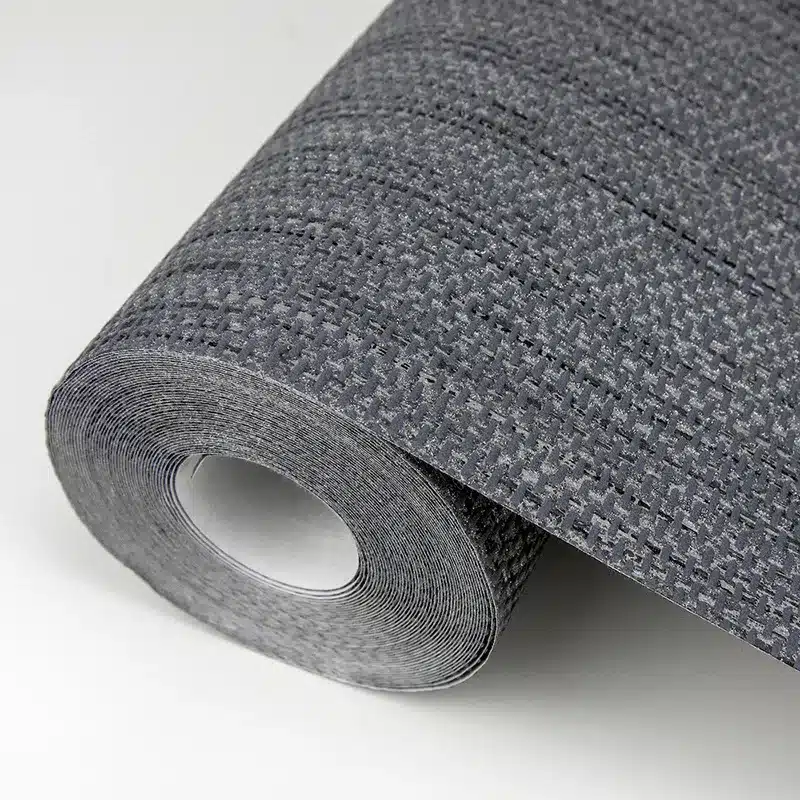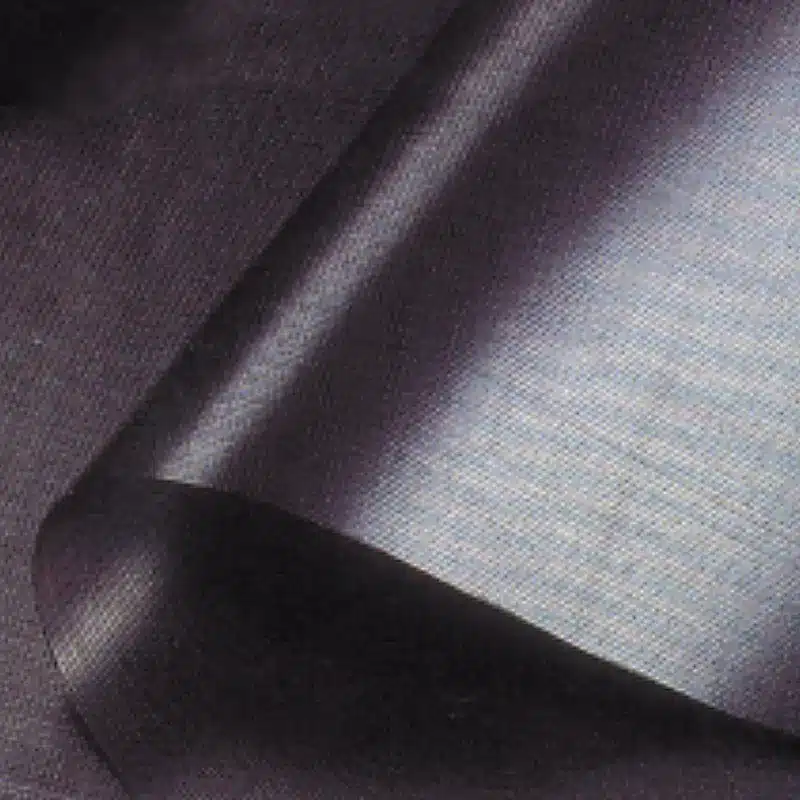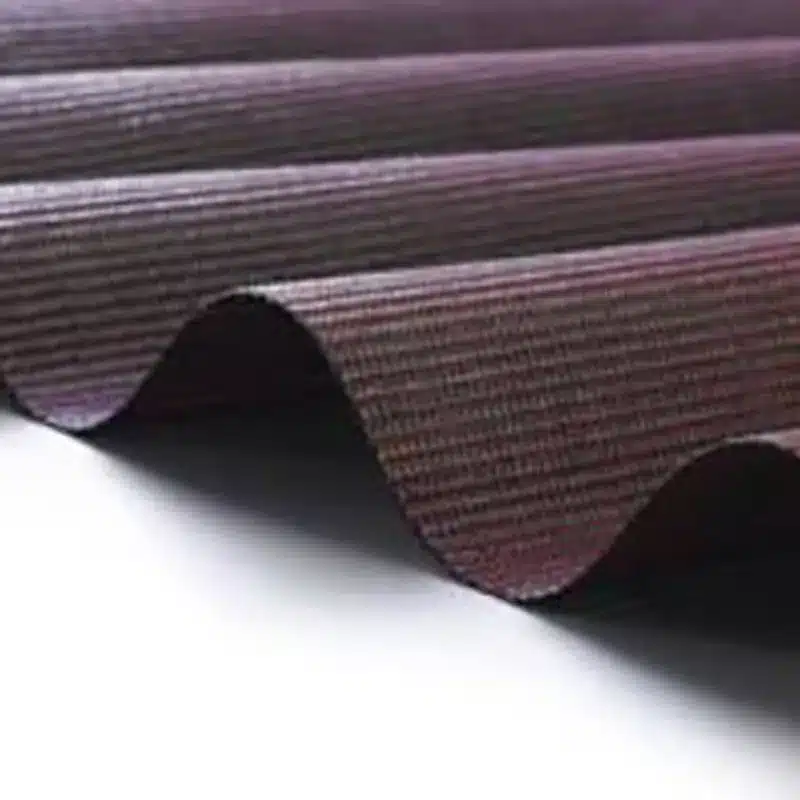+86-159 9860 6917
info@geofantex.com
geofantex@gmail.com
+86-400-8266163-44899
Woven geotextiles, known for their high tensile strength, are essential in civil engineering and construction. This article delves into their purpose, advantages, and a comparison with nonwoven geotextiles.

What is the purpose of woven geotextile fabric?
Woven geotextile fabric is vital in construction and civil engineering, with its primary role being in reinforcement and stabilization applications for soil and other materials. When used as a separation layer, it prevents soil layer mixing that can weaken structures. Moreover, these fabrics act as a filtration barrier, allowing water to pass through while retaining soil particles, ensuring infrastructure durability in the long term.
Which is better woven or nonwoven geotextile?
The choice between woven and nonwoven geotextiles depends on the specific project requirements. Woven geotextiles are more robust than their nonwoven counterparts, making them ideal for applications that require high tensile strength, such as road reinforcement and erosion control. Nonwoven geotextiles, on the other hand, are more commonly used in filtration and drainage applications. In summary, the selection depends on the project’s unique needs, and both types have their advantages.

What is the benefit of geotextile?
Geotextiles, including woven ones, offer a range of benefits in construction and environmental projects, such as:
- Improvement of Stability: Geotextiles enhance soil stability and load-bearing capacity, reducing settlement and erosion risks.
- Filtration: They enable water to pass through while retaining soil particles, effectively improving drainage and decreasing wind and water erosion processes.
- Separation: Geotextiles prevent the mixing of different soil layers, ensuring structural integrity in road construction and similar applications.
- Durability: Designed to withstand harsh environmental conditions, geotextiles provide long-term performance.
- Cost Savings: By extending the lifespan and effectiveness of infrastructure, geotextiles can lead to long-term cost savings.
What are the common applications of woven geotextile fabric?
Woven geotextile fabric finds application in various civil engineering and construction projects, including:
- Road Construction: It is used for subgrade stabilization, reinforcement, and separation of road layers, increasing the lifespan and load-bearing capacity of roads.
- Erosion Control: Woven geotextiles help prevent soil erosion on slopes, embankments, and riverbanks by stabilizing the soil.
- Retaining Walls: They reinforce retaining walls and steep slopes, preventing structural failures.
- Landfills: Geotextiles provide an impermeable barrier in landfill construction and help manage waste materials effectively.
- Pavement Rehabilitation: They improve the performance of existing pavements by mitigating reflective cracking and enhancing structural integrity.
- Railroad Construction: Woven geotextiles are used for sub-ballast reinforcement and track stabilization in railway projects.
In conclusion, woven geotextile fabric plays a pivotal role in modern construction and civil engineering, offering a range of benefits and versatile applications. Whether it’s enhancing the durability of roadways, controlling erosion, or supporting retaining walls, these geotextiles are essential components in many infrastructure projects.



Get Free Sample
We’ll respond as soon as possible(within 12 hours)





















